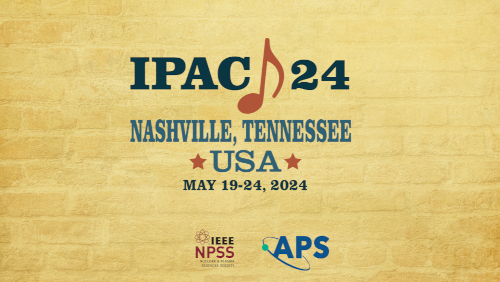Speaker
Description
To maintain beam emittance and quality, particle beams in plasma wakefield accelerators (PWFAs) need to be focused to extremely small sizes upon entering the accelerator. Conventional methods that achieve this involve large quadrupole electromagnets, which can occupy a considerable amount of space, often spanning several meters. The plasma lens, however, represents a compact, strong alternative means of focusing high-energy electron beams.
We present an experimental infrastructure designed to generate this plasma lens. The plasma lens is formed by the laser-ionization of gas in the outflow of a gas jet positioned along the electron beam line. By using cylindrical lenses to focus an ultrashort, 10 mJ, Ti:sapphire laser pulse, a pancake-like region of plasma is created prior to the arrival of the electron beam. To avoid undesired ionization from the Coulomb field of the electron beam, a high ionization threshold gas, like helium, is used. Simulations and results of experiments testing the optical setup at the University of Colorado Boulder will be presented, demonstrating the feasibility and tolerance of the system.
Funding Agency
NSF PHY-2047083 NSF PHY-2244720
| Region represented | North America |
|---|

